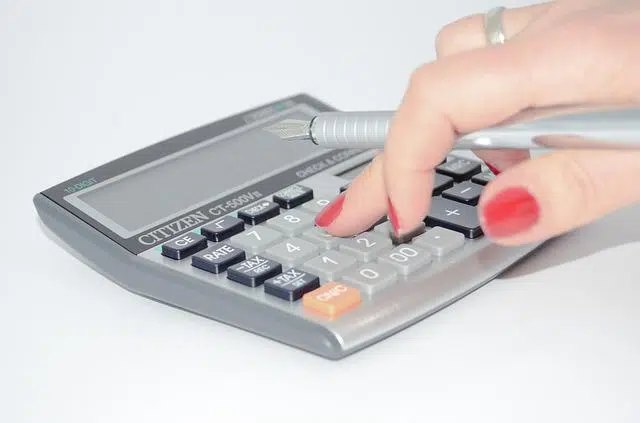
Rounding means not taking decimals into account, considering only the whole number.
Rounding is the process and result of rounding (eliminating certain figures or differences to consider a whole unit). Thanks to the rounding process, calculations are made easier.
Rounding consists of not considering decimals , cutting the number to keep only the integer . This means, if we want to round the number 2.3 , we will eliminate the 0.3 and keep the 2 . On the other hand, if the objective is to round 4.9 , the rounding mechanism will lead to leaving aside the 0.9 and adding 0.1 to be able to work with the number 5 .
With these examples we can see that rounding can be done downwards, reaching a smaller number , or upwards, obtaining a larger number . While in the first case the rounding will be carried out by eliminating decimals, in the second an amount will have to be added to reach the next whole number.
Rounding or truncation
Rounding is not only used to operate with whole numbers: it can also be used to eliminate decimals. The number 8.1463 can be rounded as 8.146 or, by cutting another decimal, as 8.15 .
A concept related to rounding is truncation , which belongs to numerical analysis (a mathematical subfield) and refers to the technique used to reduce the number of decimal digits, that is, those found to the right of the separator, which can be a comma or a period, depending on the country. As demonstrated in the previous paragraph, through truncation a number such as 8.1463 can become 8.146 if you wish to truncate it to three decimal digits .

Rounding can be used to facilitate turning or changing.
The term in trade
Rounding is common in the field of commerce, either to facilitate transactions or to make up for the lack of coins that allow a payment that is too exact. Suppose that a person purchases different products in a store and the account payable is 48.97 pesos . To facilitate payment, a rounding of 49 pesos can be made. This makes it easier to return the change (the rest, also known as return or change ).
It should be noted that, in some countries , there are laws that the rounding must be in favor of the buyer. Returning to the last example, if the seller wants to round up since he does not have coins to deliver the change, he will have to do so at 48.95 or 48.90 .
Rounding method
Although many people familiar with mathematics use their intuition when rounding a number, there are five well-defined rules that must be followed if you want to proceed according to conventions. Let's see an example for each of them, in which we will always have the objective of rounding a number to its hundredths, that is, leaving only two decimal digits:
* rule 1 : if the next digit to the right after the last one that you want to keep is less than 5, then the last one should not be modified. For example: 8.453 would become 8.45 ;
* rule 2 : in the opposite case to the previous one, when the digit next to the limit is greater than 5, the last one must be increased by one unit . For example: 8.459 would become 8.46 ;
* rule 3 : if a 5 follows the last digit to be kept and after the 5 there is at least one number other than 0, the last one must be incremented by one. For example: 6.345070 would become 6.35 ;
* rule 4 if the last desired digit is an even number and to its right there is a 5 as the final digit or followed by zeros, then no changes are made other than mere truncation. For example, 4.32500 and 4.325 would become 4.32 ;
* rule 5 - Opposite to the previous rule, if the last required digit is an odd number, then we must increase it by one unit. For example: 4.31500 and 4.315 would become 4.32 .
